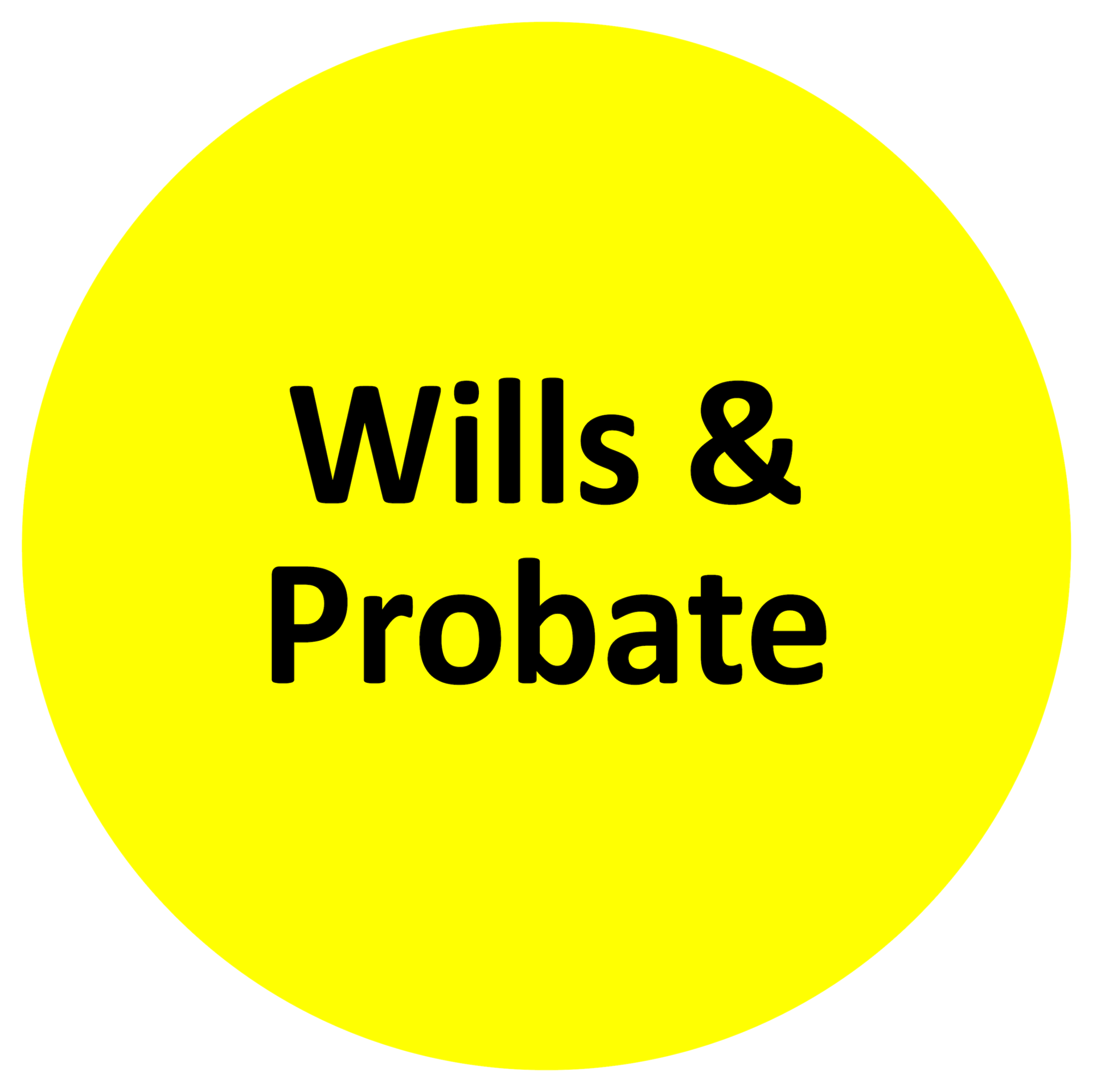The Transfer Deed (TR1) Explained
Posted on 26th February 2020
The Transfer Deed is a legally binding document that transfers ownership of a property as per the terms set out therein. The Transfer is registered at the Land Registry and allows them to effect the transfer in title, to be noted on the Official Copy Entries.
As you can see, this is an extremely important document and, before signing it, you should be sure to ensure you have fully understood each section of the document, taking the advice of your conveyancing solicitor. Our leading conveyancing solicitors have summarised each panel of the Deed, as follows:
MG Legal, Leading Conveyancing Solicitors. The team that put you first. Contact us to speak to a solicitor today: 01995 602129 or email at: enquiries@mglegal.co.uk
Panel 1: Panel 1 of the Deed confirms the title number to which the transfer is relating to. Each registered property has its own unique title number which is used by the Land Registry to identify that particular property. Where the property is currently unregistered, the same will simply be left blank. The Land Registry will then, upon completion of the registration formalities, allocate the property a title number. See our blog on first registrations for more information on how this process works, here.
Panel 2: Is where the address of the property being transferred is inputted. This includes the full property address and, in some cases can, include a description for further guidance as to exactly what is being transferred. In the event that the boundaries are obscure, or the matter be a first registration, references to a plan are often used to more particularly delineate the area being referred to.
Panel 3: This panel should always be left blank as is where the date of Completion is to be inputted. This will be attended to by your conveyancing solicitor upon Completion of the matter.
Panel 5: Details the full name(s) of the Transferee, i.e. those whom are to be acquiring the property.
Fixed-fee Conveyancing Solicitors:
MG Legal's leading coveyancing solicitors offer an unmatched service, and clear, fixed-fee rates.
Our team put your first, and work with care to ensure that your property matters go smoothly, with no hidden costs. Call us today so speak to a conveyancing solicitor: 01995 602129

Get in touch today to speak to a Conveyancing Solicitor.
Panel 6: This details the address for service of the Transferee. This is, mainly, for the benefit of the Land Registry. In the event that the Land Registry need to contact the new owner of the property, this is the address at which they will do so. This is more particularly beneficial for those whom own multiple properties and allows for a ‘best contact’ method.
Panel 7: Is a standard clause within the Transfer which confirms the intentions of the parties are for the Transferor to transfer the property described above to the Transferee.
Panel 8: Is where the consideration for the transaction is detailed. There are a number of options for your conveyancing solicitor to select, inclusive of:
- The monetary value is inputted confirming the monies exchanging hands for the transfer.
- There is also the option to confirm the transfer is not for any monetary value. For example the transfer may be a gift and, as such, there is being no money exchanged in respect of the transfer, making this option appropriate.
- In addition, there is the option to advise ‘other’, which can be inputted as appropriate where there is a form of consideration, however, the same does not take the form of monetary value.
Panel 9: It is at this section where confirmation is made as to whether the property is being transferred with full, or limited title guarantee. The majority of transactions are with full title guarantee, i.e. full knowledge of the property and a guarantee to transfer the same title currently held, but for any financial charges over the same.
Instances where limited title guarantee will be noted are where the transferor of the property has limited knowledge of the same, i.e. they are transferring as an Executor or Personal Representative of a deceased proprietor.
Panel 10: Panel 10 is only relevant where there are multiple transferees noted above. This section provides for a declaration of the parties as to how they intend to hold the property on Completion. The parties can opt to hold the property as:
- Joint tenants, which incorporates the survivorship rule, in that the property will automatically pass to the other on the death of one of the parties.
- Tenants in common, which essentially means the parties each hold their own share in the property and are able to dispose of the same how they wish within their Will. The parties can either be tenants in common in equal shares or, where one party is contributing more towards the purchase price, unequal shares in order to reflect one party holding a higher share of ownership in the property.
- For more information on joint ownership and to discover which may be the best option for you, see our blog, here.
Why choose MG Legal:

No Hidden Fees.

Give us a call today.

We are the experts.

Multiple Office Locations.
Panel 11: This section of the Deed allows for any additional provisions to be entered within the Transfer. Commonly, this can include the granting and/or reserving of particular rights affecting a property, as well as certain restrictions that are to be placed upon the incoming party, for example. This section is the opportunity to record such matters affecting the property, in order that the same can be noted at the Land Registry. This can then assist future owners of the property in deciding for the potential rights and restrictions the property is subject to, as being recorded within the Title to the property, held at the Land Registry.
Panel 12: This is the execution clause, where the parties to the transfer are required to sign the Deed. Each party is to sign the Deed in the presence of an independent witness. This individual should be totally independent, i.e. not a family member or anybody with an interest in the property. In addition, the witness should be over the age of 18 and should not reside at the same address as the party signing. The witness is to sign the Deed and mark their name and address in the space provided. The parties are not to otherwise mark or date the Deed, as this is filled in upon Completion of the matter, by the parties’ conveyancing solicitor.
As you can see, there is more than meets the eye to the Transfer Deed. Before signing the same you should always ensure you have sought the legal advice of your conveyancing solicitor.
If you have been presented with a Transfer Deed to sign, and are unsure of what the same means, contact our specialist property solicitors today for guidance, here, or via email at property@mglegal.co.uk.
Contact Us Today:
Or give us a call on 01995 602129

Clear, fixed-fees

Fully-Qualified Conveyancing Solicitors

Tailored Service

Multiple Office Locations

Decades of Experience

Home Visits
Tagged as: Conveyancing Solicitors Lancaster, Preston Property Law, Solicitors in Lancaster, Your Local Solicitors
Share this post:




